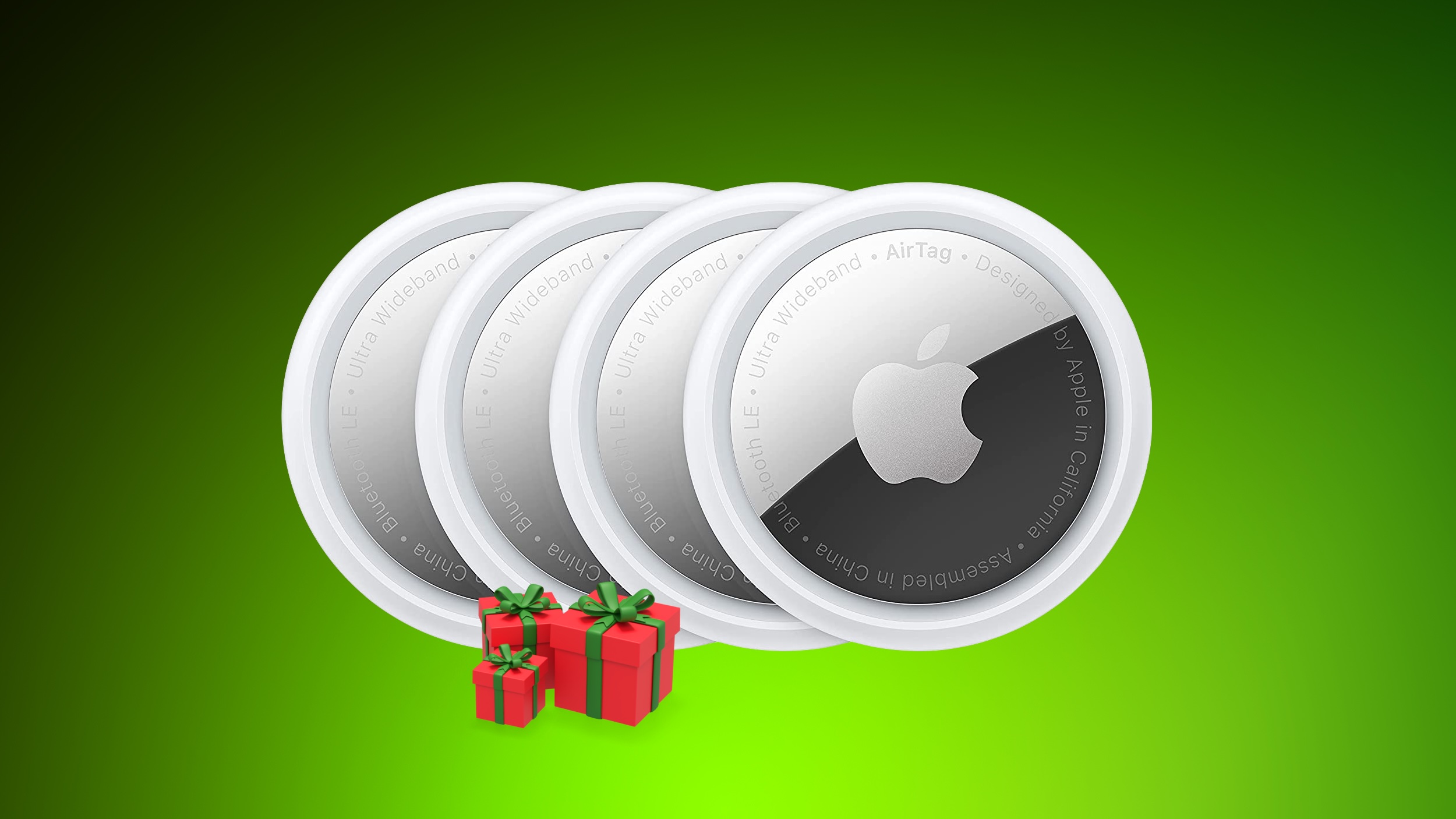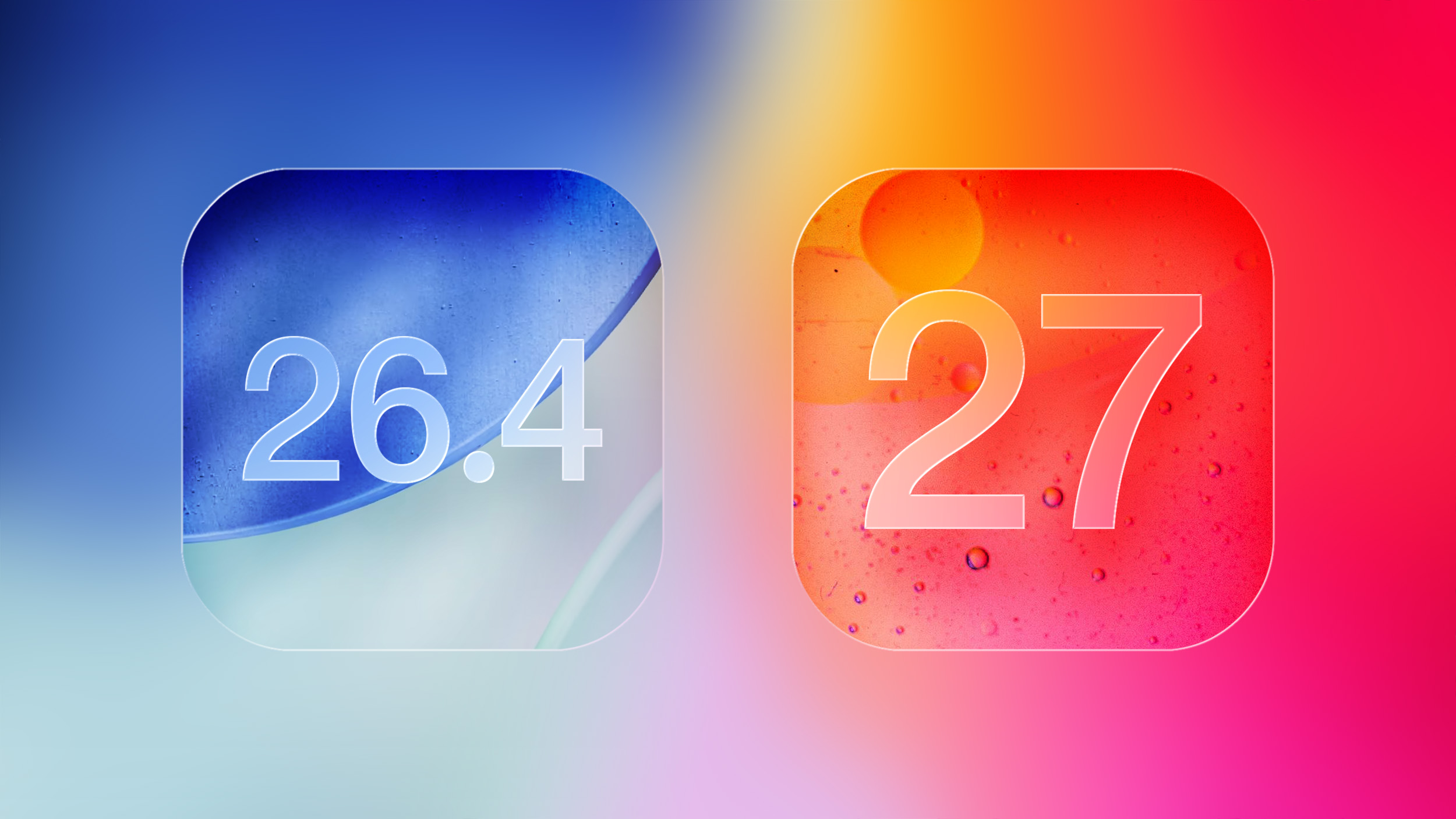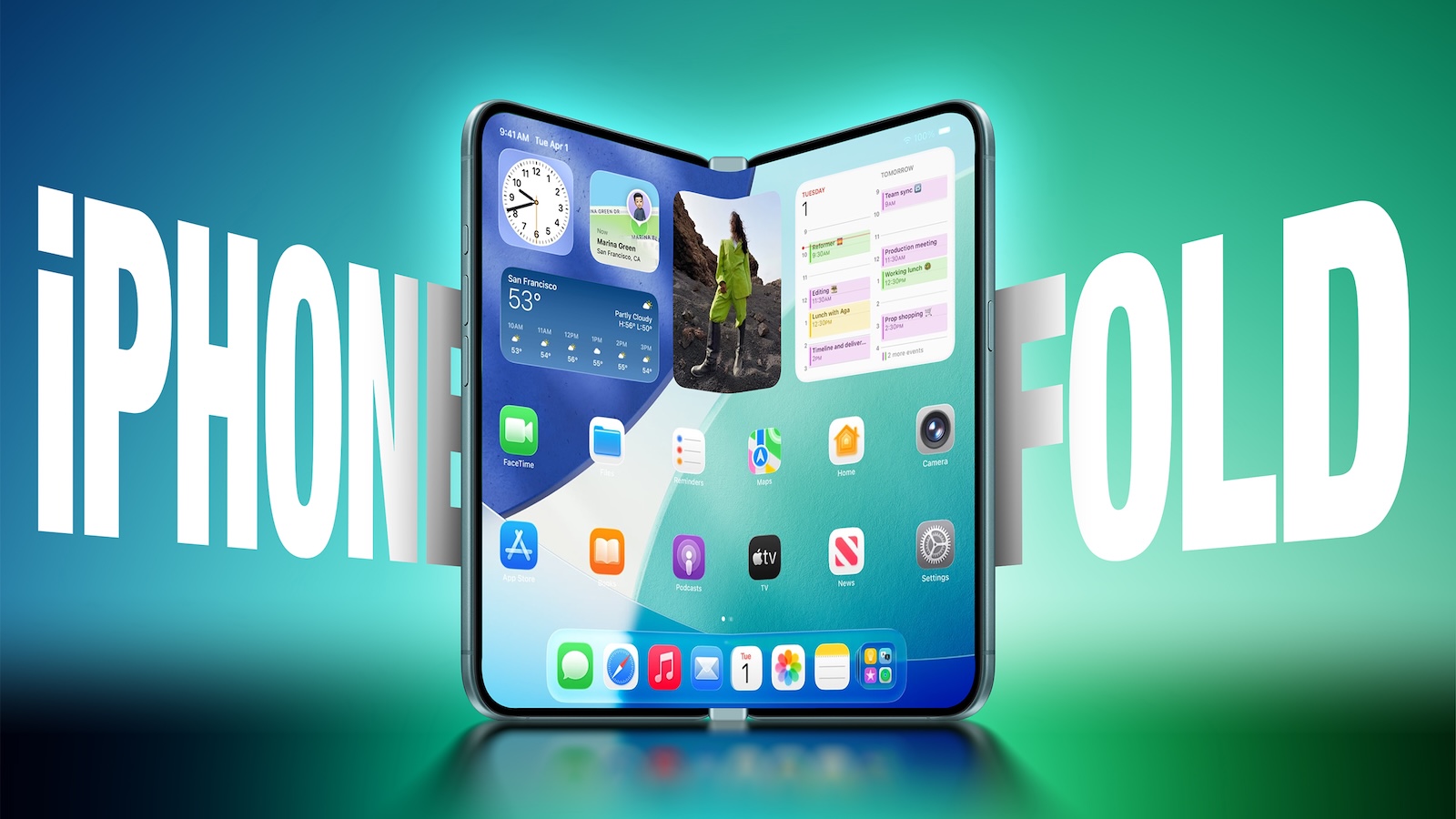2025-12-20 22:24:15
Apple's AirTag 4-Pack has dropped to $64.98 this weekend on Amazon, down from the original price of $99.00. Prime members can get the accessory delivered today in many locations, but otherwise free shipping options have moved past December 25.
 Note: MacRumors is an affiliate partner with Amazon. When you click a link and make a purchase, we may receive a small payment, which helps us keep the site running.
Note: MacRumors is an affiliate partner with Amazon. When you click a link and make a purchase, we may receive a small payment, which helps us keep the site running.
Overall, this is a solid second-best price on the AirTag 4-pack that's within $2 of the Amazon all-time low price, which we last tracked during Black Friday. If you're shopping for a single AirTag, Amazon has the AirTag 1-Pack for $24.00, down from $29.00.
2025-12-20 22:00:00
You'd think things would be slowing down heading into the holidays, but this week saw a whirlwind of Apple leaks and rumors while Apple started its next cycle of betas following last week's release of iOS 26.2 and related updates.

This week also saw the release of a new Apple Music integration with ChatGPT, so read on below for all the details on this week's biggest stories!






2025-12-20 05:30:30
Apple's Beats brand is launching a new celebrity ad campaign today featuring rapper Travis Scott and entitled "DARE TO DREAM." The campaign is inspired by a 2011 tweet from Scott when he was just starting his career, in which he claimed, "One day Travis Scott will be somebody."

“This campaign captures something deeply personal — the belief that greatness starts with a single idea and the courage to chase it,” said Chris Thorne, Beats CMO. “It’s the same belief that connects Beats and Travis — and this is only the beginning of what we’ll build together.”Whether this means we'll see any product partnerships between Beats and Scott down the road remains to be seen.
2025-12-20 04:56:57
Apple today released a new update for Safari Technology Preview, the experimental browser that was first introduced in March 2016. Apple designed Safari Technology Preview to allow users to test features that are planned for future release versions of the Safari browser.

Safari Technology Preview 234 includes fixes and updates for Animations, CSS, HTML, JavaScript, MathML, Media, SVG, Web API, Web Authentication, Web Inspector, and WebRTC.
The current Safari Technology Preview release is compatible with machines running macOS Sequoia and macOS Tahoe, the newest version of macOS.
The Safari Technology Preview update is available through the Software Update mechanism in System Preferences or System Settings to anyone who has downloaded the browser from Apple’s website. Complete release notes for the update are available on the Safari Technology Preview website.
Apple’s aim with Safari Technology Preview is to gather feedback from developers and users on its browser development process. Safari Technology Preview can run side-by-side with the existing Safari browser and while it is designed for developers, it does not require a developer account to download and use.
2025-12-20 02:37:08
Since the beginning of December, Apple has been pushing iPhone users who opted to stay on iOS 18 to install iOS 26 instead. Apple started by making the iOS 18 upgrades less visible, and has now transitioned to making new iOS 18 updates unavailable on any device capable of running iOS 26.

If you have an iPhone 11 or later, Apple is no longer offering new versions of iOS 18, even though there was a security update that came out alongside iOS 26.2. Apple stopped showing new iOS 18 updates when iOS 26.2 launched, forcing iOS 18 users to upgrade to iOS 26.2 if they want to keep their devices secure.
For now, there's a way to stay on iOS 18 and continue to get security updates. On a device running iOS 18, you can turn on iOS 18 public beta updates to force new versions of iOS 18 to show up. This may not remain an option for long, but it works at the current time.
Apple's move to push users to iOS 26 is timed with a long list of security updates introduced in iOS 26.2 and iOS 18.7.3, including a WebKit vulnerability known to be actively exploited. Both updates addressed the problem, so there is no technical need for the iOS 26.2 requirement.
Jason Snell wrote an article yesterday on Apple's decision not to offer iOS 18 users further iOS 18 upgrades and speculated that it might be a bug or an error, but the reality is that Apple does this every year.
The iOS 14 to iOS 15 transition in 2021 was the first time that Apple allowed users to remain on an older version of iOS. At the time, Apple said that iOS offered "a choice between two software update versions." Users would be able to update to iOS 15 at release, or opt to continue on iOS 14 and "still get important security updates."
As promised, Apple did allow users to stay on iOS 14 and avoid the iOS 15 update, but only temporarily. Apple started pushing people to iOS 15 in January 2022 by making the iOS 15 software update option more prominent and no longer offering iOS 14 security updates for devices capable of running iOS 15.
In fact, iOS 14 updates stopped being available when Apple launched iOS 15.2, which might sound familiar because it is the exact same path that it followed with the iOS 18 to iOS 26 transition. Apple did the same thing with the iOS 16 to iOS 17 transition, and the iOS 17 to iOS 18 transition.
For a clear answer why iOS 18 security updates are no longer available on devices capable of running iOS 26, we can look to what Apple had to say in 2022 after people complained about being forced to upgrade to iOS 15. According to Apple, the option for users to stay on iOS 14 and avoid iOS 15 was always meant to be temporary. Apple provided a grace period for people to remain on iOS 14 while iOS 15 bugs were worked out, but Apple ultimately wanted users on the latest version of iOS.
In a support document published in 2021, Apple clarified that users would be able to stay on the old version of iOS "for a period of time," but not forever.
If you're using iOS or iPadOS 14.5 or later, you might now see the option to choose between two software update versions. This option allows you to choose between updating to the latest version of iOS or iPadOS 15 as soon as it's released, or continuing on iOS or iPadOS 14 while still getting important security updates for a period of time.
2025-12-20 01:51:30
For this week's giveaway, we've teamed up with Astropad to offer MacRumors readers a chance to win an iPhone 17 and one of Astropad's Fresh Coat anti-reflective screen protectors to go along with it.

Fresh Coat is a new kind of screen protector that Astropad designed with an optical-grade anti-reflective coating to reduce glare and provide a more pleasant iPhone viewing experience. The technology that Astropad is using cuts reflections by 75 percent, while improving contrast and keeping colors vibrant. Unlike other anti-reflective screen protectors, there's no haze or distortion.

Priced at $30, Fresh Coat is made from a scratch-proof tempered glass that also provides protection for the iPhone's display in addition to cutting down on glare and reflections. It's slim and won't add any bulk to the iPhone even though it has a five-layer design. From the top down, there's an anti-reflective coating, an oleophobic and hydrophobic coating, a layer of tempered glass, a dust barrier, and an impact-resistant "airbag" bonding.

If you have an iPhone 17, it comes with a new anti-reflective coating added by Apple. What you might not know, though, is that you can't use just any screen protector with the iPhone 17. If you put a regular screen protector without an anti-reflective coating on, it entirely nullifies the anti-reflective properties of that added coating.

Since Fresh Coat has its own anti-reflective coating, it actually improves upon Apple's included anti-reflective layer, reducing glare even further. With Fresh Coat, the iPhone's screen is easy to see in any lighting conditions, there's less eye strain, and if you use Dark Mode, it looks even darker.

If you don't have an iPhone 17, Fresh Coat can provide an iPhone 17-style display upgrade, mirroring Apple's own reflection-reducing display coating. Fresh Coat is available for all iPhone 17 models, the iPhone 16 Pro and Pro Max, and the iPhone 15 Pro and Pro Max.

Astropad even designed an installation process that's impossible to mess up, so you get perfect alignment on your iPhone without hassle.
We have an iPhone 17 in white and a Fresh Coat screen protector for one lucky MacRumors reader. To enter to win, use the widget below and enter an email address. Email addresses will be used solely for contact purposes to reach the winner(s) and send the prize(s). You can earn additional entries by subscribing to our weekly newsletter, subscribing to our YouTube channel, following us on Twitter, following us on Instagram, following us on Threads, or visiting the MacRumors Facebook page.
Due to the complexities of international laws regarding giveaways, only U.S. residents who are 18 years or older, UK residents who are 18 years or older, and Canadian residents who have reached the age of majority in their province or territory are eligible to enter. All federal, state, provincial, and/or local taxes, fees, and surcharges are the sole responsibility of the prize winner. To offer feedback or get more information on the giveaway restrictions, please refer to our Site Feedback section, as that is where discussion of the rules will be redirected.